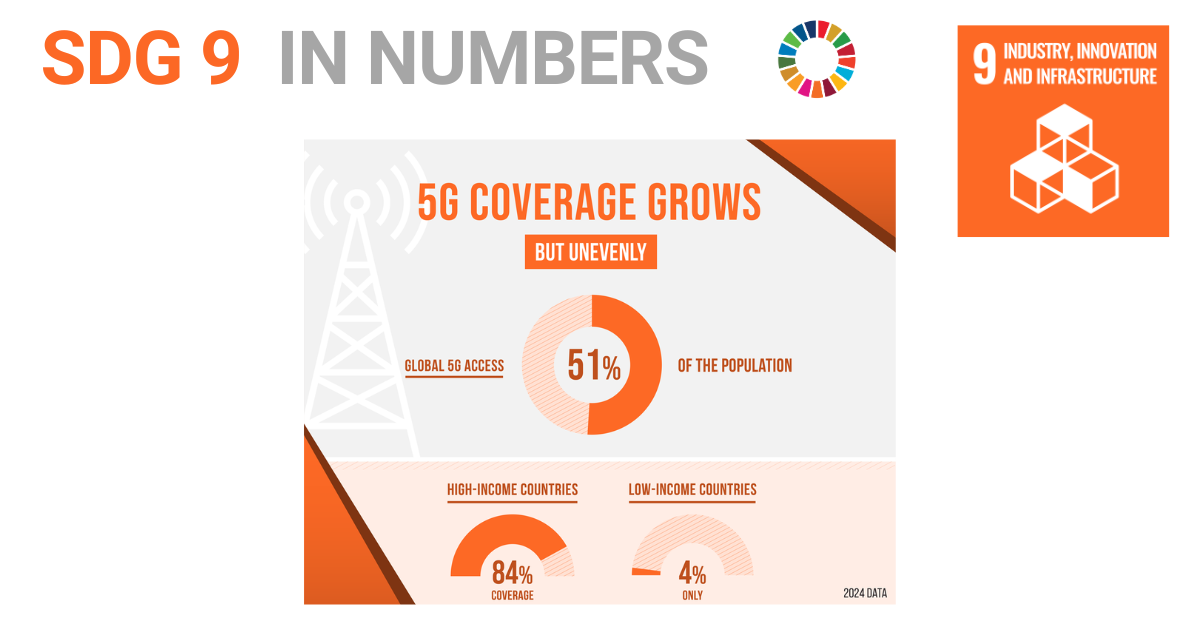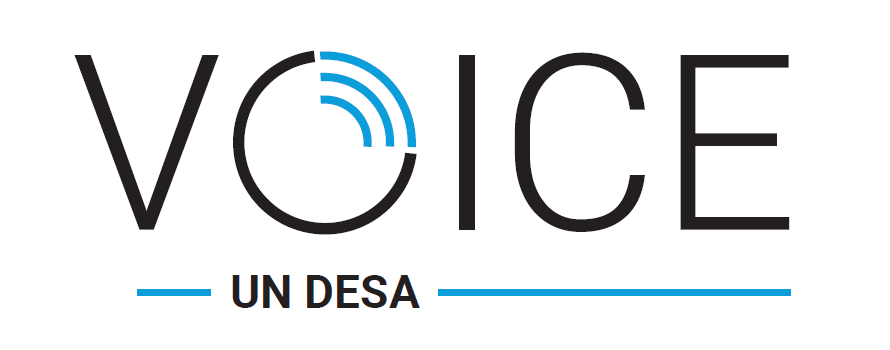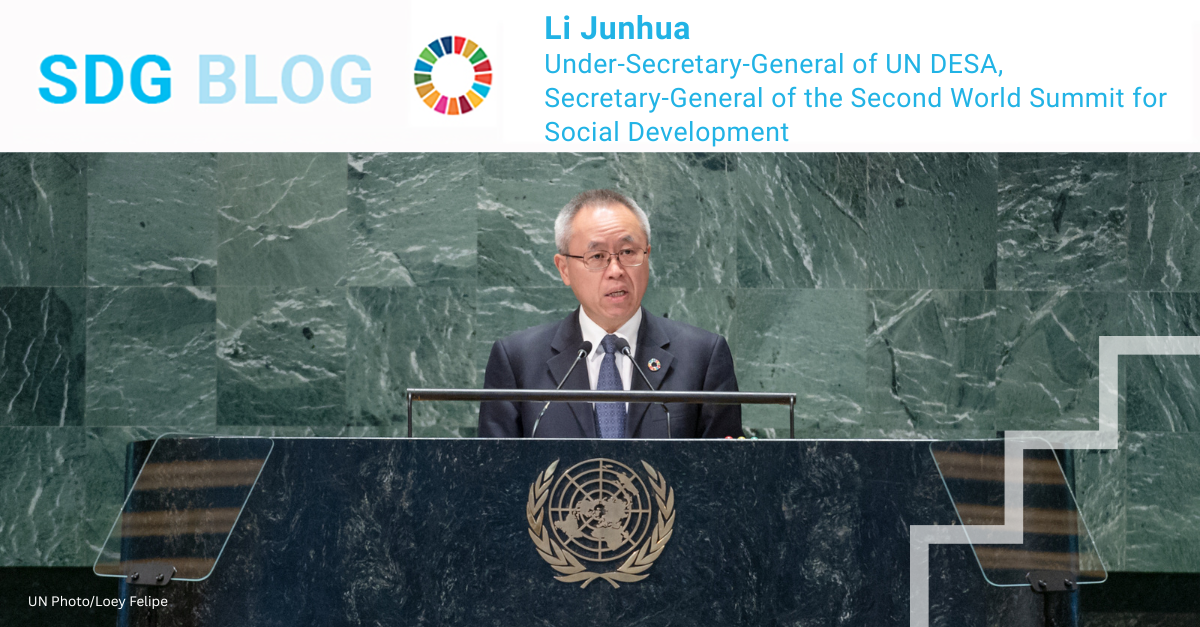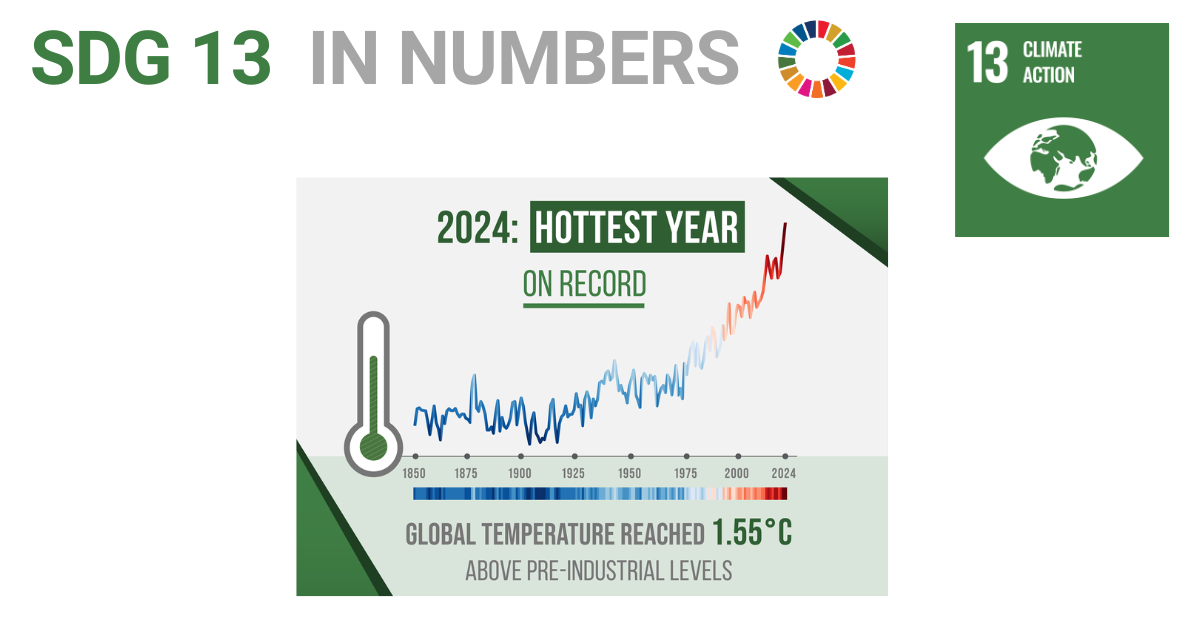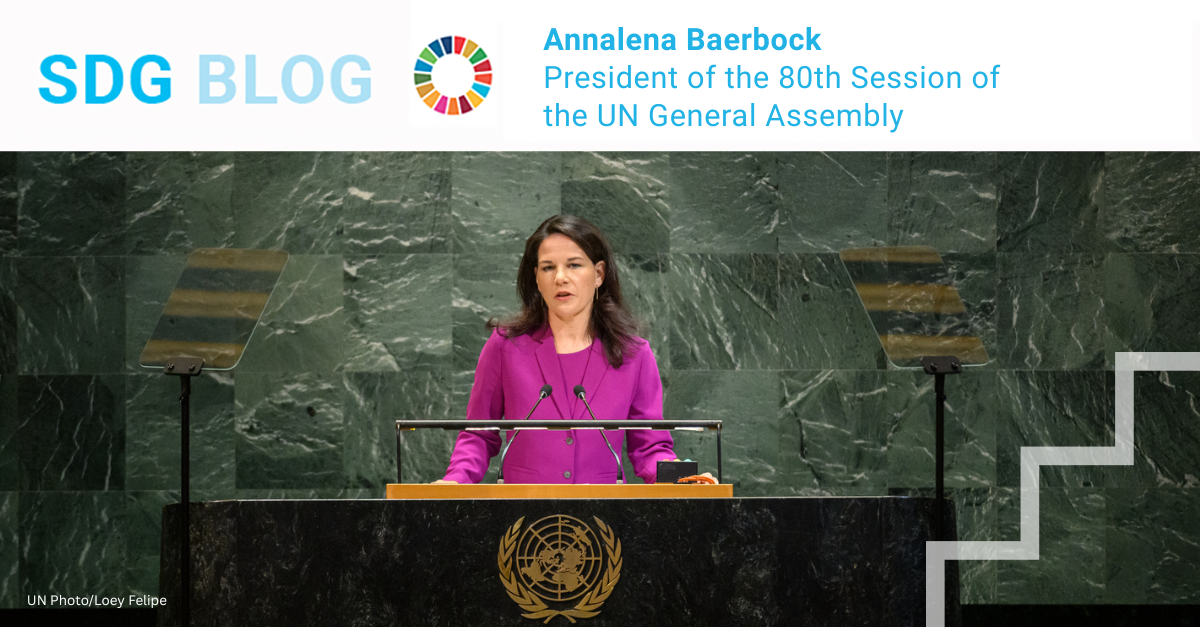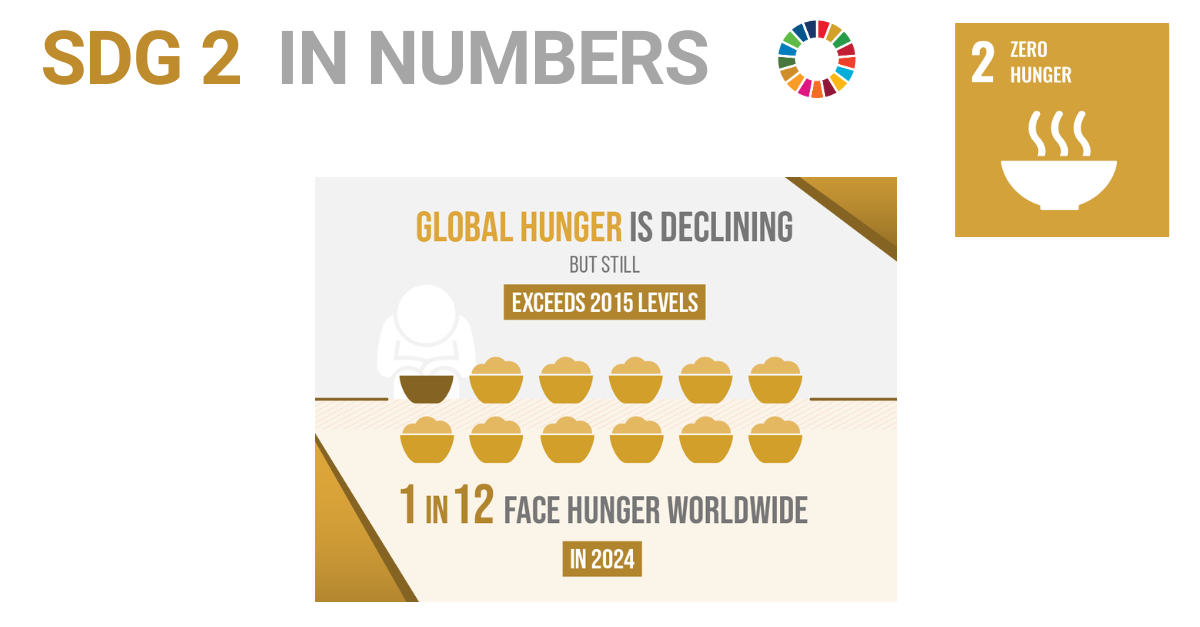The enterprise emerged as a result of her passion for sweets and the support of Kaaf Humanitarian. This Bahraini non-profit has become a grassroots model for achieving the Sustainable Development Goals (SDGs) by empowering individuals and communities to achieve self-reliance.
“They show me how to go in my life,” Fareed adds as tears roll down her cheeks. “This is a story I will tell my child, how I become a good and a strong woman.”
Eman Fareed is just one among the millions of people whose lives have continued to improve in the 10 years since the world embarked on one of its most ambitious journeys yet – achieving the SDGs.
Her story, featured by UN News, serves as a reminder that behind the 17 bright-colored tiles are more than eight billion people who deserve and strive for a prosperous, dignified and fulfilling future – on a healthy and thriving planet.
Much progress has been made
Since 2015, when the historic 2030 Agenda for Sustainable Development became a lighthouse, guiding global efforts to create a better future for all, many people’s stories have been changed for the better.
Behind the bright red tile of SDG 1: No Poverty are the 4.2 billion people, or 52.4 per cent of the world’s population, who now have access to at least one social protection benefit. This is an increase of 10 percentage points since the SDGs were launched. Over the past decade, the bottom 40 per cent of populations in most countries experienced higher income and consumption growth than the national average. Internet use expanded from 40 per cent in 2015 to 68 per cent in 2024 – connecting millions more to opportunities for education, work and participation in politics and beyond.
“We have seen a significant decline in child marriage, and maternal and child mortality rates have fallen,” said UN DESA Under-Secretary-General Li Junhua. At this intersection of SDG 5: Gender Equality and SDG 3: Good Health and Well-Being, are the millions of lives saved, and the millions of deaths prevented.
Behind the crimson tile of SDG 4: Quality Education are the 110 million more children who have entered school since 2015. Over the past 10 years, schooling completion rates have been rising at all levels of education, and the gender gap has been continuously narrowing.
This list of advances made in the name of the SDGs over the past decade is far from complete: many more have been made, and many more lives have been improved. Such inspiring progress comes as a result of a years-long national and international effort.
Since 2015, 190 countries, plus the European Union, have presented their Voluntary National Reviews (VNRs) at least once, demonstrating a global commitment to working toward the 2030 Agenda, promoting accountability and sharing good practices and lessons learned from the ground up.
“These are not isolated wins. They are signs of momentum. Signs that multilateralism can deliver,” said UN Secretary‑General António Guterres.
Five more years ahead
Still, the roadblocks on the way to a safer and more equal future for all persist.
“Despite these important gains, the convergence of conflicts, climate chaos, geopolitical tensions, and economic shocks continue to obstruct progress at the pace and scale needed to meet our 2030 commitments,” Mr. Li said.
According to this year’s Sustainable Development Goals Report, only 35 per cent of SDG targets are on track or making moderate progress. Nearly half are moving too slowly, and 18 per cent are going backwards. But it is not a reason for desperation. Instead, it is a call for more urgent action.
“The Sustainable Development Goals are not a dream. They are a plan – a plan to keep our promises to the most vulnerable people, to each other, and to future generations,” Mr. Guterres said. “With five years left, it’s time to transform these sparks of transformation into a blaze of progress – for all countries. Let us act with determination, justice and direction. And let’s deliver on development – for people and for planet.”
Expert Voices
Why the way we measure poverty matters
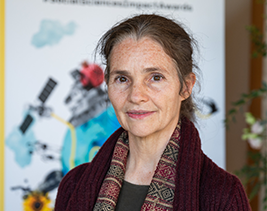
Around the world, over 800 million people live in extreme poverty and 1.1 billion people are still living in multidimensional poverty. As part of the 2030 Agenda for Sustainable Development, efforts are ongoing to improve the situation and to once and for all eradicate poverty. But why does the way we measure poverty matter for global efforts towards its eradication? We asked Sabina Alkire, Director of the Oxford Poverty and Human Development Initiative at the University of Oxford, to explain.
Why does the way we measure poverty matter?
“We measure poverty, fundamentally, to provide essential information required to guide actions that reduce poverty and to evaluate whether poverty has gone down.
One aspect of poverty is clearly monetary. As Amartya Sen put it, money is a general-purpose means that enables people to access many important things. However, many people cannot build a road if there is none nearby, nor build and run a school or health clinic or create decent jobs for their family. They might not even be able to draw water or electricity to their house or improve its flooring and fix the roof.
We measure multidimensional poverty to guide actions for people whose capabilities are constrained in several overlapping ways (maybe related to health and nutrition, education, housing, work or security) at the same time.”
In your work, you address the measurement of multidimensional poverty. What does that mean?
“Following Sen again, a poverty measure first sets the space or ingredients of poverty. A multidimensional poverty index – or MPI – usually consults the protagonists (people experiencing poverty) as well as government actors and identifies a core set of deprivations that tend to comprise poverty.
Next a measure identifies who is poor. In our case, people who have a critical mass of deprivations at the same time are identified as multidimensionally poor. It aggregates this information across people so that we can assess which groups are poorest – by age, location, gender, disability status, race and ethnicity and so on. Anti-poverty actions can then target the poorest groups or households.
To guide actions that reduce poverty, we break down MPI by its component indicators. Knowing the structure of poverty – how many poor people are deprived in each indicator, and which indicator combinations are most common – empowers actors to design cost-effective and integrated policy responses.
Finally, the measures are updated regularly, to see whether poverty reduced, and whether the poorest groups reduced poverty the fastest – which means poverty reduction can be celebrated as leaving no one behind, and new goals set for the next period.”
What opportunities does the Second World Summit for Social Development (WSSD2) create in this area?
“MPIs, which emerged since the 1995 Copenhagen World Summit for Social Development (WSSD1), are a potentially powerful and central tool to advance WSSD2 aims. We hope that WSSD2 will create opportunities to share the potential contribution that multidimensional poverty metrics can have going forward – for example by advancing multiple interconnected SDGs efficiently until 2030 and LNOB.
We hope that future global goals will assess poverty reduction using absolute and relative changes, and changes in the number of people living in poverty – so the diagnoses of success acknowledge progress in the poorest places. And we hope that WSSD2 will also engage MPIs, as much current research does, when overlaying poverty and climate hazards, analysing gendered patterns of poverty, discussing left-behind groups like children, and prioritising poverty data needs.
In fiscally tight times, we need clear, accurate, highly policy relevant metrics that illuminate WSSD2’s high priority areas and diagnose success. MPI might be an option to consider.”
For more information on MPIs: What is the global MPI?
For details on WSSD2: Second World Summit on Social Development
Sabina Alkire is Director of the Oxford Poverty and Human Development Initiative (OPHI) at the University of Oxford; and a member of the Committee for Development Policy (CDP).
Photo credit: John Cairns Photography
As the world prepares for the Second World Summit for Social Development in November in Qatar, momentum is building to accelerate social progress. The need to put people at the center of development has never been more urgent. Inequality, exclusion, insecurity, and mistrust in institutions are rising, but so too is global demand to build a more inclusive and resilient future. Here are seven things you should know about accelerating social progress:
1. It’s about people, not just policies
Social progress means ensuring that everyone, across generations, regions, and communities, can live with dignity, opportunity, and security. It is driven by investments in education, decent work, health, housing, and social protection.
2. Social development is a catalyst
Inclusive societies are safer, stronger, and more stable. With well-designed social policies, communities can navigate crucial transitions, digital, demographic, and ecological, fairly and effectively. Partnerships with think tanks and academia provide the research and evidence needed for effective, people-centred policy.
3. Social progress and a healthy planet go hand in hand
A just green transition must put people and the planet first, lifting communities while safeguarding ecosystems. Social progress cannot come at the cost of our environment; rather, it is about creating sustainable futures for all.
4. Social progress is not automatic
Left unattended, inequalities deepen. Advancing social progress requires deliberate choices: inclusive policies, strong institutions, and collective action. Governments, civil society, the private sector, and individuals all share responsibility to break cycles of poverty and exclusion.
5. Digital transformation must advance inclusion
The digital revolution and artificial intelligence (AI) are reshaping societies. To accelerate progress, these innovations must go hand-in-hand with trust, ethics, and universal access, ensuring that technology empowers rather than excludes.
6. The 2030 Agenda is at stake
Poverty eradication, full employment and decent work, and social integration — the three pillars of the Summit — are also central to the Sustainable Development Goals (SDGs). Accelerating social progress is essential to rescuing the 2030 Agenda.
7. Everyone has a voice
The UN’s global campaign, Accelerating Social Progress, invites people everywhere to share what social progress means to them. From young innovators to older persons, from workers to caregivers, these voices are shaping the vision of a more inclusive world.
The Summit in Doha will be a historic moment to recommit to people-centred multilateralism and chart a path toward a fairer, more secure, and more sustainable future.
Share your voice here by 8 September 2025 on what social progress means to you.
Learn more and join the conversation here: Second World Summit for Social Development.
Photo credit: UNHCR
By Bjørg Sandkjær, Assistant Secretary-General for Policy Coordination, UN DESA
As we mark the tenth anniversary of the Sustainable Development Goals, it’s time for both reflection and renewed determination. Over the next five years, we must protect hard-won gains and accelerate action – so no child is pushed into poverty by a crisis, no worker is trapped in insecurity, and no household is left behind by transitions.
The numbers – compiled by UN DESA in our annual Sustainable Development Goals Report – tell a compelling story of progress since the 2030 Agenda for Sustainable Development was adopted in 2015.
Today, over half the global population has access to some form of social protection – an important step towards improving people’s wellbeing. More than 90 per cent of people worldwide now have electricity, while Internet access has jumped by 70 per cent since 2015. We’re seeing more girls completing school as gender gaps in education continue to narrow.
These numbers represent millions of lives transformed, opportunities created, and barriers broken down.
What is particularly encouraging is how science, technology, and innovation have become central to how countries approach development. Through platforms like the STI Forum, we’re witnessing how innovation can make development more inclusive, especially for those often left behind – including in small island developing States and Least Developed Countries.
But the reality is that only about a third of SDG targets are on track, and 18 per cent are moving in the wrong direction. This is a wake-up call. The world faces extraordinary challenges – conflicts, climate chaos, economic instability – that test our collective resolve.
Inequalities remain stubbornly high and many people struggle to earn adequate incomes in precarious jobs. As UN DESA’s World Social Report 2025 shows, people’s frustration is turning into distrust and straining the foundations of social cohesion and global solidarity.
The hopeful truth is that we know what works: sustained investment in quality public services; universal social protection; decent work and productive employment; and institutions that are inclusive, accountable and trusted.
Progress happens where there’s strong leadership, smart and sustained investment, and genuine inclusion. We’ve seen this formula succeed across diverse contexts, proving that the SDGs are achievable.
As we approach the final stretch to 2030, the choice before us is clear: retreat into fragmentation or advance with solidarity and cooperation. The recent successful Fourth International Conference on Financing for Development in Sevilla showed that the global community can still come together to address systemic challenges – from the $4 trillion SDG financing gap to reforming international financial architecture.
The upcoming Second World Summit on Social Development can lead to concrete actions and key investments in people, in social protection and in public services. The process of the Summit is as important as its outcomes – the Summit can help restore people’s trust in institutions if we see wide participation from all stakeholders, and if people are informed about the commitments made and the actions being taken to meet these commitments.
Multilateral cooperation is not a luxury – it is a practical necessity for the future we want. The next five years will define whether we deliver on the promise of leaving no one behind.
The SDGs were designed because our greatest challenges are shared. Our solutions must be as well.
